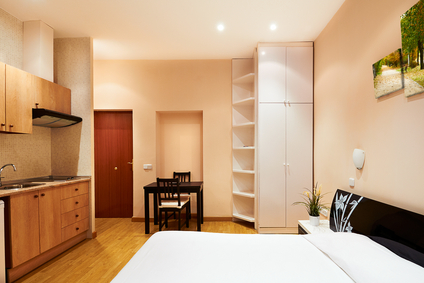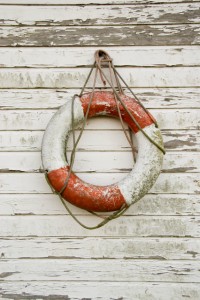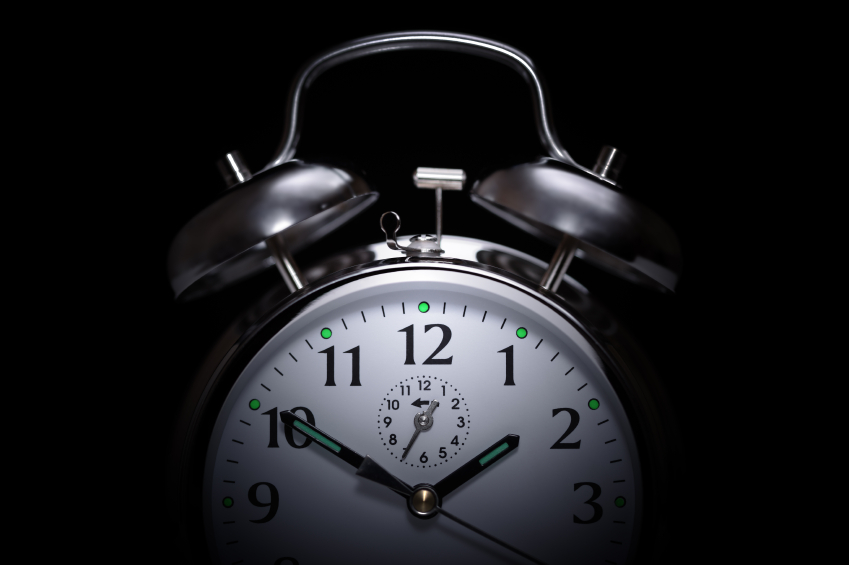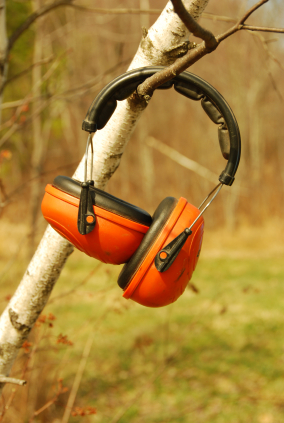Housing for Oil and Gas Workers
 Find Your Happy Place – 5 Star Housing for Oil and Gas Workers in Remote Areas
Find Your Happy Place – 5 Star Housing for Oil and Gas Workers in Remote Areas
If there is one thing that can keep oil and gas employees who work on a remote site happy, it’s premium accommodations. Since most oil and gas industry remote-area workers originate from distant places, they want to replicate their own home environment as much as possible. Included are a few suggestions to reach that goal.
Feeling Special
When hard working employees feel special and appreciated, they’re one step closer to being loyal to their employer. Keep in mind, it might not take much for an employee that required a large amount of resources to find, to jump ship to the competing company if the quality of life they’re subjected to is representative of a cost-cutting manoeuver by the accounting department.
Start Here
Providing at least 60% of home-like conditions is a good starting place. The idea of a ‘home away from home’ really resonates with oil and gas workers when they can come home to a fully functional residential unit. The kind of accommodations referred to goes beyond the motel experience and may be just shy of a four-star semi-luxury hotel stay.
Wish List
There are a few ‘must-haves’ for worker accommodations. This means the heart of the unit must have a kitchen – complete with a microwave oven, a good size refrigerator (not a mini-bar fridge), large sink with a filtered-water dispenser, table and chairs, and a pantry to store their non-perishable groceries.
The living area should have at least a 40”HDTV, and an entertainment center complete with CD, DVD, and MP4 players. There should be a self-service laundry room nearby, as well as a gym and fitness center with advanced equipment, and an internet café with Wi-Fi throughout the complex. Sleeping accommodations should include a full-size bed (not a single or twin) in a bedroom with a decent amount of storage.
Talent Pool
It is crucial to remember that replacing an experienced professional or technical resource is approximately one-and-one-half times their annual salary so it is in the best interest of employers to have employee accommodation as a high priority. As oilrig workers value their accommodations they may allow that to be a deciding factor in whom they work for.
Healthy & Happy
Having all the comforts of home is not only a good start, but acts as a central hub for providing other perks that impact health and performance such as sleep, nutrition and relaxation.
Unfortunately, irregular sleep patterns are a fact of life for most oilrig employees due to their long work hours. High levels of attention are required when observing proper safety precautions over the course of a single day and this is only possible with adequate amounts of restful sleep.
Proper nutrition plays a similar role in ensuring this kind of performance at peak levels. Getting the proper nutrition is an absolute must to perform at optimum levels for long hours in inclement conditions, says Christopher Wanjek a health and science writer.
It’s also very important to permit sufficient time to relax after a grueling work day. The key in this process is the ability to ‘shut off’ the workday and enjoy undistracted leisure time.
It’s Just Business
From a purely business perspective, happy and healthy workers are good for the bottom line. Since employees can spend more than half of a 24-hour day on the job, the rest of the day is theirs. To that end, worker retention and performance can suffer if their quality of life is substantially lower than what they’re accustomed to at home. To retain employees when there is a lacking workforce and to maintain high quality performance from all workers it is necessary for employers to show their appreciation by investing in quality accommodations for their teams.







